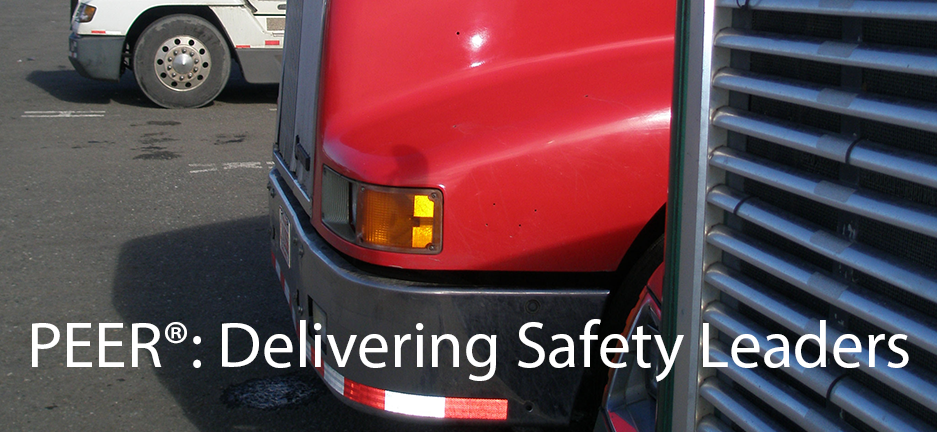Answers to many common questions relating to the PEER® process itself are below.
Does PEER® perform Miracles?
Answer: Not quite! Like all processes, the effort put into PEER® is proportional to the rewards received. If it is treated as a “flavor-of-the-month program or magic pill that will cure all safety ills, it probably won’t deliver the dramatic results that it is capable of. If it is treated as a sustainable long-term process that is designed to help improve peoples safety behavior and the company’s safety culture, dramatic incident reductions can be achieved in a relatively short-time frame.
What is the main focus of PEER®?
Answer: To improve safety performance by helping people work safely and by eliminating system issues that lead people to behave unsafely. The peer-to-peer conversations following an observation are categorized by Users into either personal, system or environmental root causes, highlighting specific areas of concern.
How regularly are PEER® observations and conversations done?
Answer: Evidence shows frequent safety observations and conversations lead to a much bigger impact on safety performance. Recognizing that not everyone can do these daily, we recommend two observations and conversations per trained person, per week.
Who should be involved in making PEER® safety observations and conversations?
Answer: PEER® observers are managers, supervisors and employees. The more the involvement of all three levels, the greater the impact on safety performance.
What is the goal of the PEER® observations and conversations?
Answer: The goal of the PEER® process is to recognize and reinforce good safety performance when it is observed, to encourage people to continue to work safely. People will occasionally be seen working unsafely. Using coaching, support or stopping-the-job, the PEER® process is designed to help people work safely when observed performance is not what is expected. The conversations following an observation help to pinpoint the factors that led to the unsafe behaviors so they can be eliminated. In this way, unsafe behaviors are converted to safe behaviors, which in turn improves safety performance as this helps people avoid injuries and incidents.
How do you know PEER® is making a difference?
Answer: Performance feedback is based on the principle of “to use it is to make it useful”. The PEER® administrator(s) can examine the data in many ways to provide feedback to people about on-going performance. For example, by examining improvement trends by sites, site locations, by categories of behavior, by root causes, by the number of potential serious injuries & fatalities (SIFs), by the number of outstanding or completed corrective actions, etc. These can be obtained in tabular or graphical formats, or by downloading data into excel spreadsheets and creating customized reports. The data can be used to [a] re-focus observations and conversations on specific issues; [b] highlight and eliminate system faults that are leading to unsafe behavior(s), or [c] track the number of corrective actions being completed.
What are the potential blockages to success?
Answer: Common blockages to success include [a] not having dedicated PEER® process owners (e.g. administrators, steering committee, etc.) to drive improvements, ensure regular feedback to managers and employees, and maintain people’s enthusiasm; [b] not providing proper safety observation and conversation training to site personnel; [c] insufficient number of safety observations and conversations; [d] not recognizing and addressing wider operational issues blocking people’s participation; [e] not completing follow-up corrective actions; [f] not assessing the impact on actual safety performance (e.g. number of incidents and injuries); and [g] not celebrating successes.

